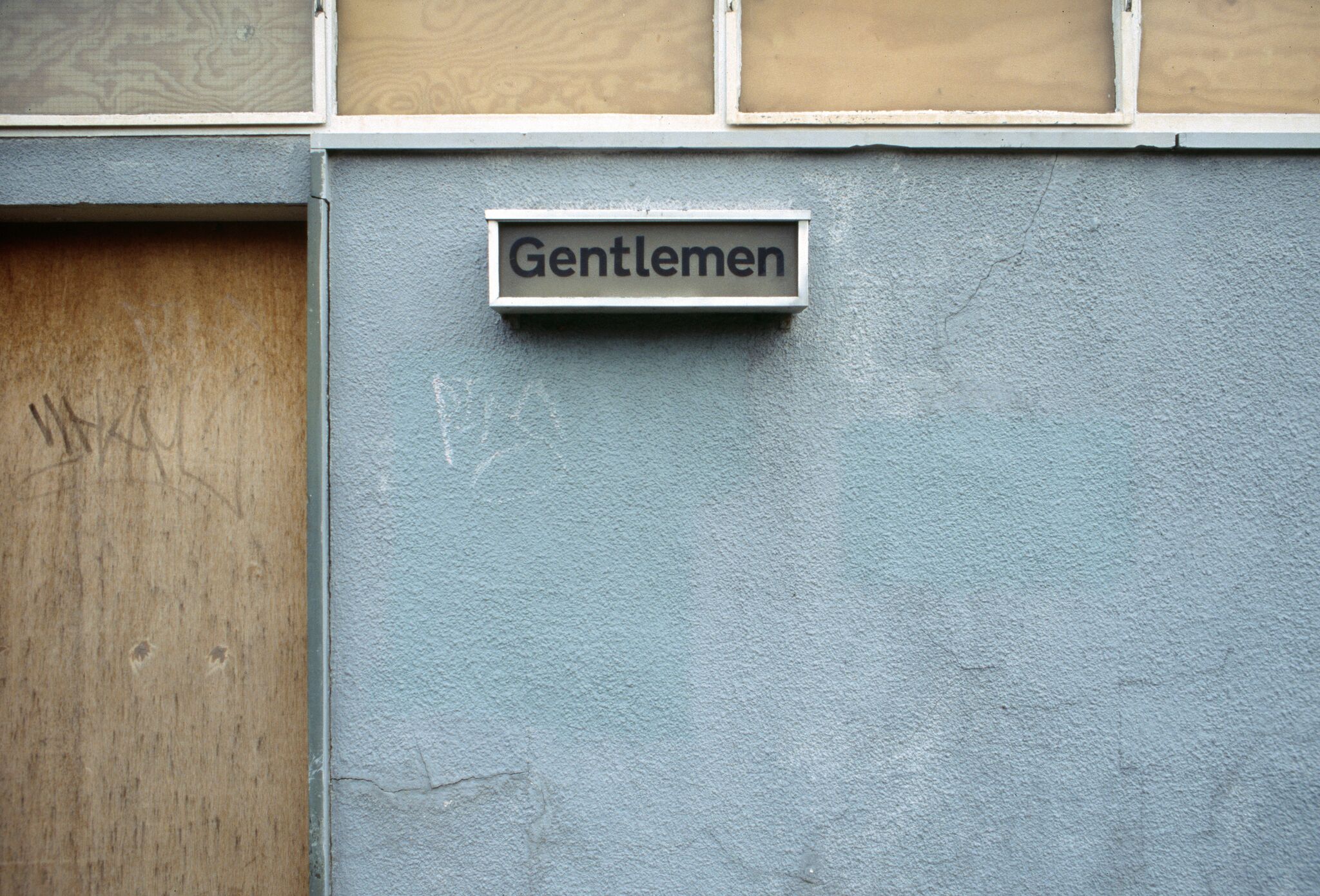A Cartography of Trespass – An audio essay
/By Jonathan Williams:
"I've been thinking a lot about trespass. About being, as queer people, in places we're not expected to be, places we're not welcome, places we're not allowed."
This meandering audio essay explores ideas about space, place, trespass and queerness. What kinds of connections might queer (LGBTQIA+) people have with the outdoor places and spaces we inhabit and move through when we know, or are told, or maybe just have a feeling that they’re not ‘for’ us? Can any of those experiences be considered collective? Are some of them more universal, or exclusively individual?
I created “A Cartography of Trespass” for the audio zine Queer Out Here. I wanted to make a piece inspired by aspects of queer cultural geography while not in itself being an academic work. This piece sprawls through different spaces: inside my head/the house/the internet; past the ‘keep out’ sign and into the woods near my home; back into my memories of queer encounters from childhood and beyond; and then to queer stories shared internationally and anonymously via an online map. It visits different ideas of queerness and trespass at each stage, then moves on in an open-ended way without necessarily providing conclusions.
This is a conversation starter rather than a definitive statement. My experiences and thoughts on this topic come from a position of white, able bodied and relative class privilege. Other queer people in other places will have very different relationships to space, place and trespass.
Acknowledgements: Australian field recordings taken on Boonwurrung and Wurundjeri (Woiwurrung) and Krowathunkooloong (GunaiKurnai) country. This always was and always will be Aboriginal land. We acknowledge Woiwurrung and GunaiKurnai elders past and present. Thank you to Queering the Map for permission to include user-submitted pins from their map in this piece. Additional readings by Dan, Jess and Stephanie Lai. Additional field recordings from Emily, Jenny and S-J Smith.



